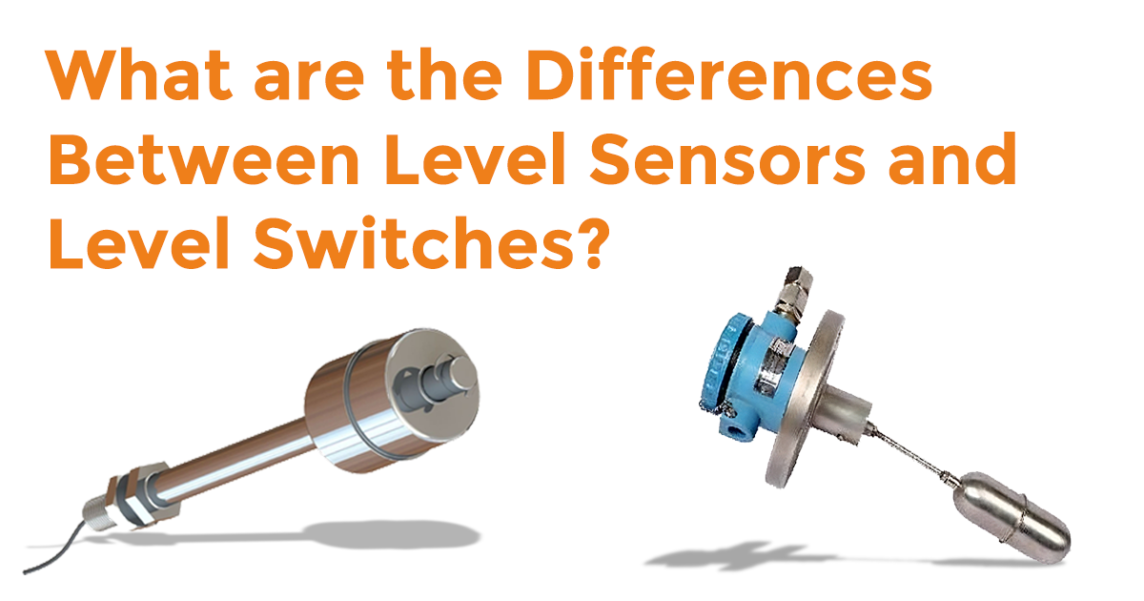In industrial and commercial applications, maintaining and monitoring liquid, powder, or granular material levels is critical. This is where level gauges and level switches come into play, with each having a specific role to maintain efficiency and safety in various processes. Understanding the fundamental difference between level gauges and level switches will help you select the best solution for your requirements.
What Are Level Sensors?
It’s more of a watchful eye, industrial Level sensors are sophisticated instruments that constantly measure a substance’s level within a container.” They provide real-time data, which is critical for maintaining appropriate levels, avoiding overflows, and ensuring that processes function smoothly. Level Gauges are the go-to solution for applications that require precise, continuous monitoring, including as water treatment facilities, the oil and gas industry, and chemical manufacturing.
What Are Level Switches?
It simply allows you to control the flow while monitoring it, Level switches are simpler devices that serve a different purpose. They are designed to trigger an action—such as turning a pump on or off—when the level of the substance reaches a specific point.” Level switches are critical for applications that require fundamental control operations, such as filling or emptying tanks, and are frequently used in food and beverage manufacturing, pharmaceuticals, and HVAC systems.
Key Differences Between Level Gauges and Level Switches
Although the primary application of both level instruments is to help industry manage flow, whether manually or through computerised means, careful consideration is required before adopting either. When faced with a custom level gauge/switch requirement for a certain application range, Indian level gauge and switch manufacturers can be extremely helpful. They assist you in better understanding the subtleties and benefits of each alternative, as well as recommending the optimal solution for your specific application.
- Functionality: Level Gauges give continuous level measurements, whereas level switches provide binary (on/off) control based on specified levels.
- Complexity and Data Output: Level Gauges are more complicated, providing rich data, whereas switches provide simple, actionable indications.
- Application Suitability: Level Gauges are appropriate for processes that demand constant monitoring and precision control. Switches are ideal for simple, automated operations that require direct intervention.
When sourcing custom level gauges and switches from Indian or global manufacturers, it is critical to select suppliers who can handle unique requirements, particularly in tough conditions. Key concerns include compatibility with certain materials, operating circumstances, and precision requirements.
Consider the following factors when designing bespoke level gauges and switches
- Material Compatibility
- Environmental resistance
- Precision and Accuracy
- Operating temperature range
- Pressure conditions
Industry-Specific Preferences for Level Gauges vs. Level Switches
Industries have different preferences for level gauges and switches depending on their individual needs and operational situations. In case you are still confused which one to choose from,
Here’s a brief outline of which industries favour particular sort of level measurement devices and why
- Water Treatment and Waste-Water Management: Level gauges are preferred for continuous water level and quality monitoring.
- Oil and Gas Industry: Level switches are commonly employed for tank safety controls, while level sensors are used for precise measurement during storage and processing.
- Chemical Manufacturing: Level sensors are used to accurately and continuously monitor chemical volumes, as well as level switches to prevent overflow and control the process.
- Food and Beverage Production: Uses level switches for fill control in packaging operations and level sensors to check ingredient storage levels.
- Pharma Industry: Pharmaceutical companies prefer level gauges for precise control throughout processing and storage, ensuring quality and compliance.
- Energy Production: Level switches are used to operate cooling systems and level sensors to monitor fuel storage.
- Agriculture: Selects level switches for irrigation control systems and level gauges to monitor water storage and distribution.
- Marine and Ship Building: Level gauges are preferred for accurate fuel and water tank monitoring, as well as level switches for bilge water management.
Finding the perfect fit for your process can be challenging. If, after understanding the differences, you still need assistance, talk to our experts.
FAQ’s:
What are the advantages of level sensors?
Level sensors provide numerous advantages, including:
Continuous and precise level measuring improves process control.
Preventing overflows and underflows ensures safety and efficiency.
Versatility in varied materials and environments.
Reduced waste and improved resource management.
What are the 4 types of switches?
There are 4 types of Level Switches based on the nature of measurement.
Float Switches: Use a buoyant float to open or close a circuit when the liquid level changes.
Conductive switches detect levels based on the liquid’s conductivity, making them excellent for water or other conductive liquids.Optical switches use light beams and sensors to detect the presence of liquids at a predetermined level.Capacitive switches detect level changes based on capacitance changes in the surrounding medium
What is the function of the level gauge?
A level sensor’s primary function is to enable real-time, continuous monitoring of material levels, allowing for accurate management of processes and inventory, preventing overflows, and assuring efficient operation in a variety of applications.
How does a level switch work?
A level switch detects the presence or absence of material at a particular point by processes such as flotation, optical detection, or conductivity. When it reaches the predetermined level, it initiates an action such as pump activation or valve opening/closure.





